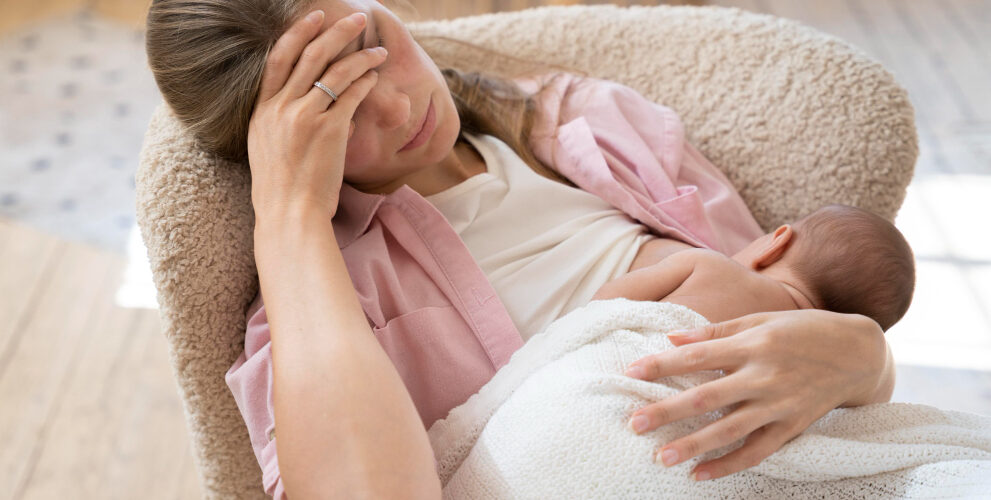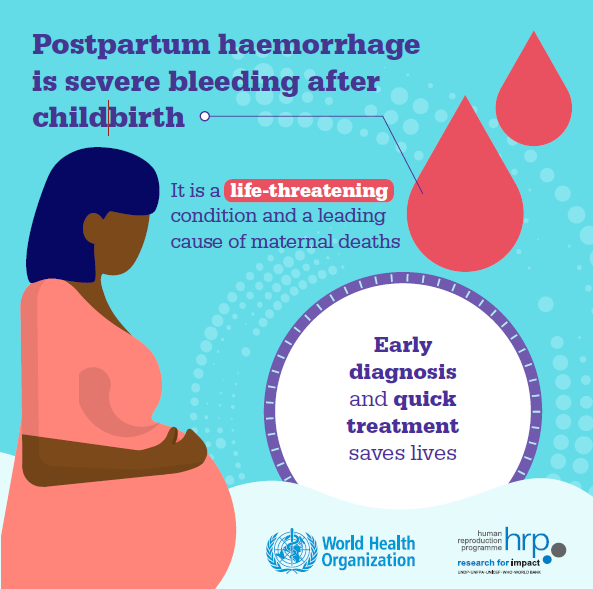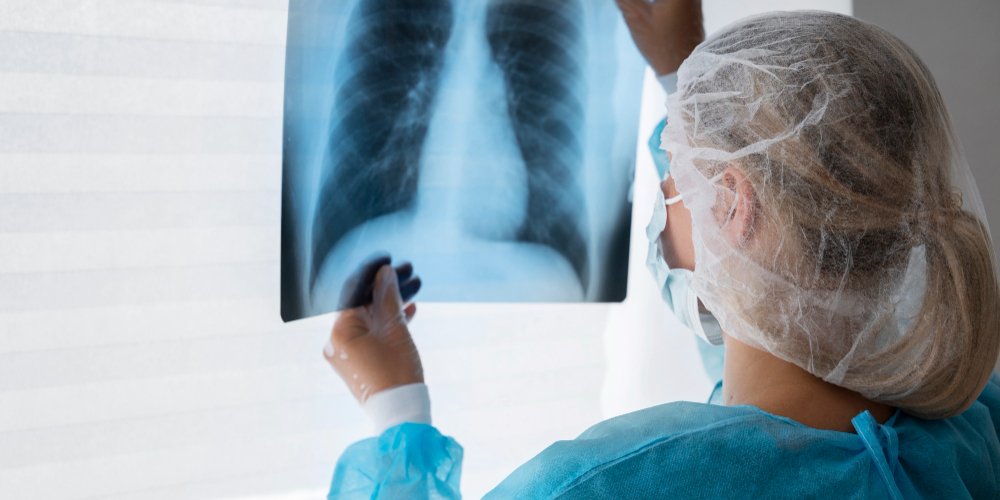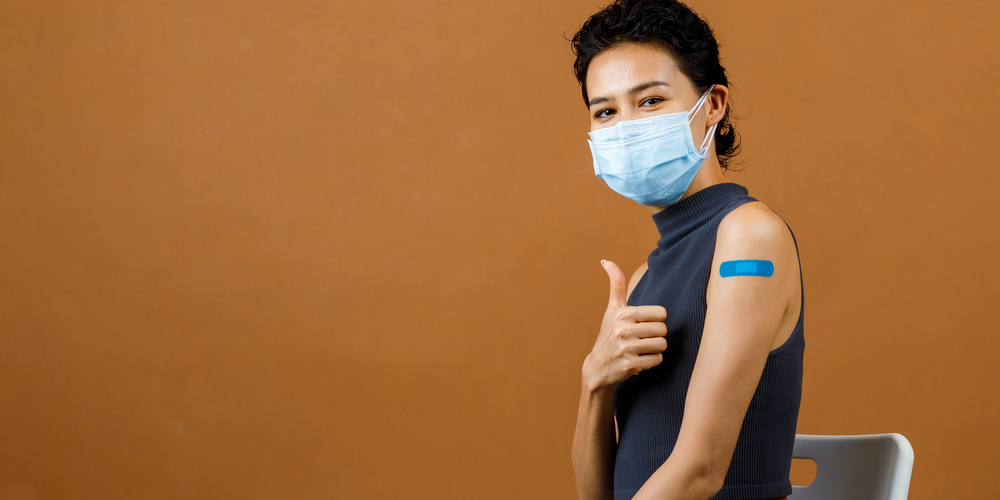New global guidelines aim to end preventable deaths from postpartum haemorrhage | Explained
A woman with PPH can die within two hours of the onset of bleeding if left untreated. Given these alarming figures, understanding what postpartum haemorrhage is, how it can be prevented is critical for reducing maternal deaths
Author
Author
- admin / 1 month

- 0
- 8 min read

Author
Every year, nearly 45,000 women die due to postpartum haemorrhage (PPH)—a severe form of bleeding after childbirth that can turn fatal within hours if left untreated, and the leading cause of maternal mortality worldwide. To tackle this persistent threat, the World Health Organization (WHO), International Federation of Gynecology and Obstetrics (FIGO), and the International Confederation of Midwives (ICM) have issued new guidelines to prevent, diagnose, and treat PPH more effectively.
“These guidelines are designed to maximise impact where the burden is highest and resources are most limited – helping ensure more women survive childbirth and can return home safely to their families,” said Dr Jeremy Farrar, Assistant Director-General for Health Promotion and Disease Prevention and Care, as per the joint news release.
A woman with PPH can die within two hours of the onset of bleeding if left untreated. Given these alarming figures, understanding what postpartum haemorrhage is, how it can be prevented, and what the new international guidelines recommend is critical for reducing preventable maternal deaths.
What is Postpartum Haemorrhage?
Postpartum haemorrhage (PPH) refers to severe bleeding after childbirth, typically occurring within 24 hours of delivery but sometimes extending up to 12 weeks postpartum. In medical terms, it involves blood loss of more than 1 litre after delivery or any amount of bleeding accompanied by symptoms of circulatory shock—such as dizziness, fainting, rapid heartbeat, or dangerously low blood pressure.

PPH occurs in about 1–5 per cent of all deliveries and is one of the most serious childbirth complications. The most common cause is uterine atony—a condition where the uterus fails to contract effectively after childbirth, leading to uncontrolled bleeding. Other causes include trauma to the birth canal, retained placental tissue, and clotting disorders. These causes are collectively referred to as the “Four Ts”—Tone, Trauma, Tissue, and Thrombin.
Symptoms of postpartum haemorrhage include persistent and excessive vaginal bleeding, large blood clots, dizziness, pale skin, and swelling or pain in the vaginal or perineal area. Without immediate medical intervention, the blood loss can cause hypovolemic shock, a life-threatening condition in which vital organs are deprived of oxygen.
While any woman can experience PPH, some are at higher risk—those with multiple pregnancies, large babies, prolonged or quick labour, C-section deliveries, or pre-existing conditions like anaemia, blood clotting disorders, and obesity.
Prevention primarily involves early detection and quick intervention. Healthcare providers play a crucial role in identifying risk factors during pregnancy and monitoring postpartum bleeding carefully. Proper uterine massage, administration of uterotonic drugs (which help the uterus contract), and managing anaemia through iron and folate supplements can significantly lower the risk.
“Postpartum haemorrhage is the most dangerous childbirth complication since it can escalate with such alarming speed. While it is not always predictable, deaths are preventable with the right care,” shared Dr Farrar in the joint news release.
Postpartum haemorrhage in India
In India, the issue is particularly urgent. According to official data from 2001-03, PPH “accounts for 38 per cent of maternal deaths.” While the situation has improved with newer estimates showing that “the incidence of PPH after vaginal delivery is 2–4 per cent, contributing to 19.9 per cent of the maternal mortality rate,” it is still a major cause of mortality and morbidity in the country.
The condition is often worsened by widespread anaemia among pregnant women, as maternal anaemia greatly increases the risk of such heavy bleeding. The National Family Health Survey-5 (2019–21) shows that our anaemia burden among pregnant women is also rising. 52.2 per cent of pregnant women were anaemic in this latest round, higher than the 50.4 per cent in the 2015-16 round of the survey.
What are the new guidelines?
The new global guidelines, published jointly by WHO, FIGO, and ICM, are based on the largest-ever study on PPH, titled “Prognostic Accuracy of Clinical Markers of Postpartum Bleeding in Predicting Maternal Mortality or Severe Morbidity: A WHO Individual Participant Data Meta-Analysis”, published in The Lancet on October 4, 2025. The study analysed data from over 3 lakh women across 23 countries, making it the most comprehensive examination of PPH to date.
The consolidated PPH guidelines are a cornerstone of the Global Roadmap to Combat Postpartum Haemorrhage (2023–2030), launched by WHO and its partners in October 2023. This roadmap seeks to accelerate research, implementation, and advocacy to end preventable deaths caused by PPH and to help countries achieve Sustainable Development Goal 3 (Good Health and Well-Being), which aims to reduce the global maternal mortality ratio to below 70 per 100,000 live births by 2030. They feature 51 recommendations spanning prevention, diagnosis, treatment, supportive care, and health system interventions.
One of the first recommendations includes lowering the diagnostic threshold. Traditionally, PPH was diagnosed after 500 ml of blood loss. The new guidelines recommend that clinicians initiate treatment as early as 300 ml of blood loss, especially when accompanied by abnormal vital signs.
This lower threshold aims to catch PPH before it escalates. To ensure accuracy, the guidelines advise using calibrated blood collection drapes immediately after birth—simple devices that allow precise measurement of blood loss.
It also advises that when PPH is detected, health professionals should deploy a bundle of actions simultaneously, represented by the acronym ‘MOTIVE’— massage the uterus, use oxytocic drugs to stimulate contractions, administer tranexamic acid to reduce bleeding, provide Intravenous fluids, examine vaginal and genital tracts, and escalate care if bleeding continues.
The new guidelines also recognise that anaemia is a major risk factor for PPH, and stress stronger antenatal and postnatal care. WHO recommends daily oral iron and folate supplementation for all pregnant women and intravenous iron infusions in cases of severe anaemia or after significant blood loss.
In India, in recent times, we have seen an increase in antenatal iron folic acid consumption according to the NFHS. 26 per cent of mothers consumed iron folic acid for 180 days or more when they were pregnant, according to the latest round, up from 14.4 per cent in the last round.
The guidelines also caution against routine episiotomies, which increase the risk of trauma and bleeding. Instead, they promote safer practices such as perineal massage during late pregnancy to enhance flexibility and reduce tearing.
To ensure proper uterine contractions, the guidelines advise administering a quality-assured uterotonic immediately after birth. Oxytocin remains the preferred choice, though heat-stable carbetocin can be used as an alternative. In areas lacking refrigeration or injectables, misoprostol is recommended as a backup option.
The guidelines are complemented by a suite of training and implementation resources, developed in partnership with UNFPA. These include simulation-based exercises, national-level guides, and user-friendly modules to help frontline health workers respond effectively to PPH emergencies.
Potential barriers to the new guidelines
While these recommendations represent a major step forward, several implementation challenges remain—especially in low-resource settings.
The report identifies multiple barriers that could hinder effective adoption. A major obstacle is the lack of enabling national and subnational policies, including the absence of regulatory approval for recommended interventions. In some cases, existing policies themselves hinder implementation, such as restrictive scopes of practice that prevent health workers from providing care within their competencies.
Financing constraints also pose a significant barrier, with insufficient funds allocated for managing obstetric emergencies, procuring essential commodities, and supporting active implementation strategies. Furthermore, there is a shortage of trained human resources with the necessary expertise, skills, and legal authorizations to implement, supervise, and sustain the recommended practices. High health worker turnover further undermines consistent staffing, affecting the sustainability and scalability of interventions.
Compounding these issues is the lack of essential equipment, supplies, and medicines, along with inadequate health information management systems to document and monitor recommended practices, such as patient records and registers. Many women also face limited access to health services, owing to barriers like a lack of transport, difficult geographical terrain, and financial constraints. Additionally, the absence of adequate infrastructure, including electricity for refrigeration and proper waste management, hampers implementation in rural and remote areas. Finally, the lack of effective referral mechanisms and care pathways for women needing advanced or emergency care continues to threaten maternal survival, underscoring the urgent need for stronger health systems and coordinated national action.
“These guidelines are a game-changer. But to end preventable deaths from PPH, we need more than evidence and protocols. We call on governments, health systems, donors, and partners to step up, adopt these recommendations, adopt them quickly, and invest in midwives and maternal care so that postpartum haemorrhage becomes a tragedy of the past,” said Professor Jacqueline Dunkley-Bent OBE, ICM’s Chief Midwife as per the joint news release.
Also read: Explainer: What is postpartum depression?
(Do you have a health-related claim that you would like us to fact-check? Send it to us, and we will fact-check it for you! You can send it on WhatsApp at +91-9311223141, mail us at hello@firstcheck.in, or click hereto submit it online)










